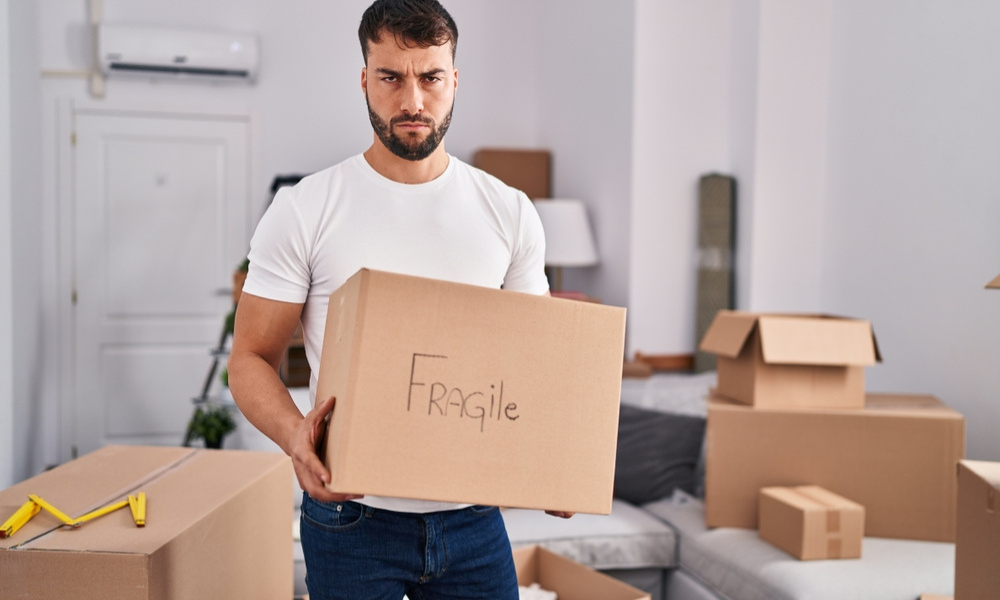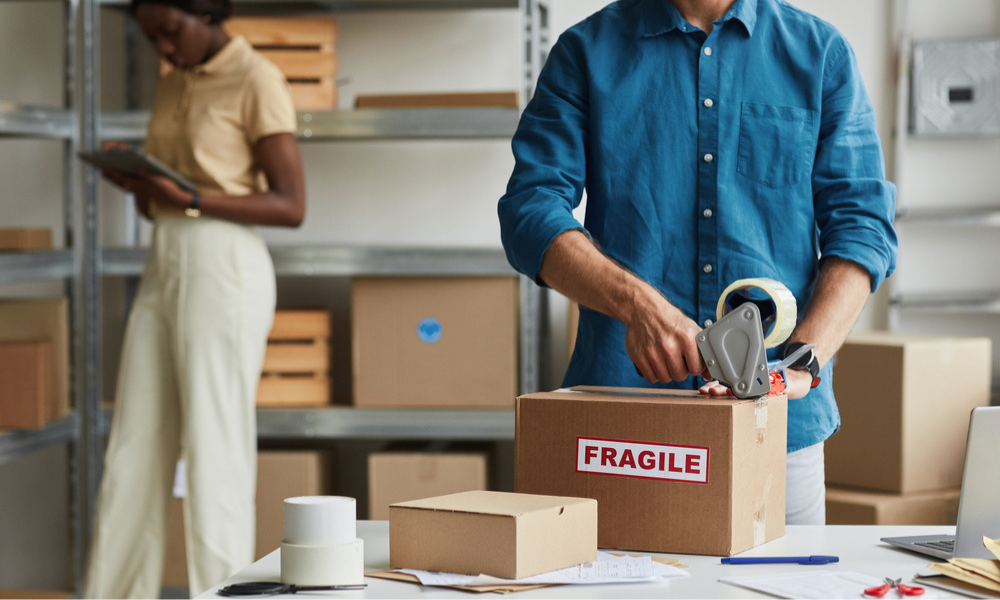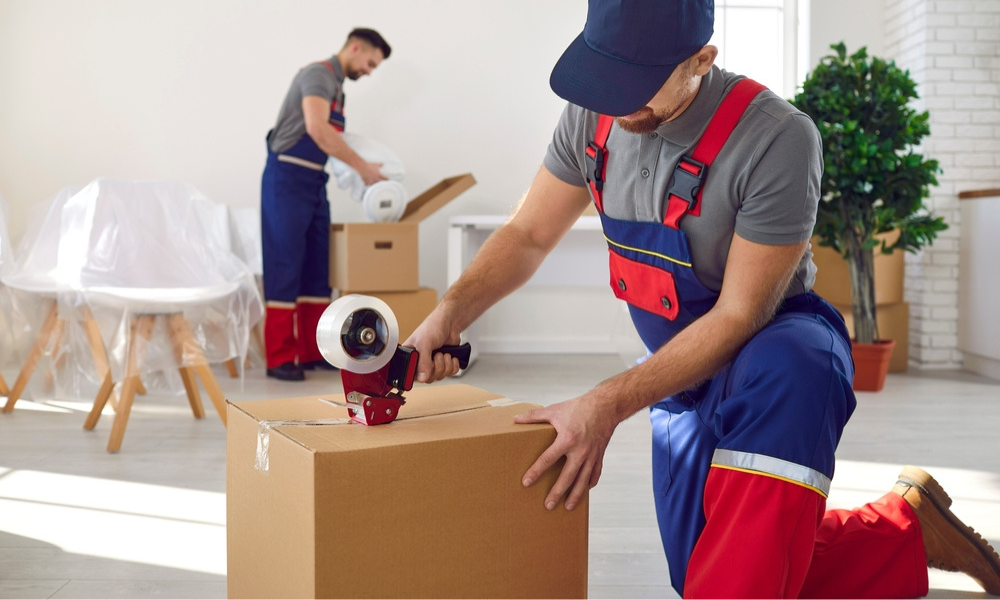Estimated reading time: 5 minutes
Moving day can be stressful, especially when handling delicate belongings. Whether it’s heirloom china, an expensive painting, or that flat-screen TV you swore you’d be extra careful with (but still cracked last time), protecting breakables requires careful planning.
I’ve helped countless people relocate, and I know firsthand how easily things can go wrong without the right approach. In this guide, I’ll share the best strategies to safeguard your most delicate possessions during the transition.
What You’ll Learn in This Guide:
The best materials for protecting breakable belongings
How to wrap and box delicate objects properly
When to consider special crates for valuables
Tips for loading and unloading safely
Unpacking without mishaps
Let’s dive in.
Choosing the Right Packing Supplies
Good protection starts with good materials. A thin cardboard box and some old newspapers won’t cut it—trust me, I’ve seen the results. Here’s what works best:
Bubble Wrap – Wrap each fragile piece with at least two layers for cushioning.
Foam Peanuts or Crumpled Paper – Fill empty spaces inside containers to prevent movement.
Sturdy Cartons – Reinforced, double-walled options are best for breakables.
Moving Blankets – These prevent scratches and dents on furniture and artwork.
Custom-Fit Containers – Great for framed paintings, mirrors, and irregularly shaped valuables.
Heavy-Duty Tape – Keeps everything sealed securely.
Clear Labels – Mark anything delicate so it’s handled properly.
Investing in quality materials saves money in the long run—replacing broken belongings is far more expensive.
Need more prep tips? Check out my guide on packing like a pro for extra tricks.
How to Pack Breakable Items Correctly

Every fragile object needs a different approach. Here’s what I’ve found works best for specific categories:
Glassware & Dishes
Wrap each item separately in bubble wrap or soft cloth.
Stack plates vertically—this prevents cracking under pressure.
Use cardboard dividers or foam layers between pieces.
Electronics & Small Devices
If you still have the original packaging, use it—it’s designed for safe transport.
Wrap screens with blankets and secure them with tape.
Store cables separately and label them to avoid a tangled mess later.
Artwork & Mirrors
Use special crates if they’re particularly valuable.
Apply painter’s tape in an “X” shape across glass to minimize breakage.
Wrap in bubble wrap and place in a sturdy, well-padded box.
Jewelry & Important Documents
Keep these with you instead of packing them in a truck.
Use small cases or fireproof lockboxes for added security.
For rings and earrings, egg cartons or pill organizers work surprisingly well.
A little extra time spent packing correctly will prevent a lot of regret later.
Keeping High-Value Belongings Secure
Some possessions need more than just standard protection. If something holds serious financial or sentimental value, consider these options:
Additional Insurance – Basic coverage often isn’t enough for expensive goods. Look into extra protection.
Custom Crating – Wooden crates provide unbeatable security for artwork, glass, and antiques.
Personal Transport – If something is truly irreplaceable, it’s safest to carry it with you.
Think about what’s replaceable and what isn’t. For anything truly priceless, take every precaution possible.
Loading the Moving Truck the Right Way

I’ve seen it too many times—people spend hours packing carefully, only to ruin everything by stacking things haphazardly in the truck. Here’s how to avoid that disaster:
Heavy containers go on the bottom, lighter ones on top – Keeps delicate objects from getting crushed.
Strap everything securely – Reduces shifting during transport.
Store delicate belongings upright – Especially for mirrors, TVs, and framed pieces.
Use padding between stacked items – Blankets, towels, or foam sheets work great for this.
Want better truck-loading tips? Check out my guide on loading and unloading safely.
Should You Hire Professional Movers?
Sometimes, bringing in the experts is the best choice—especially for delicate or heavy objects. If you’re thinking about hiring movers, look for:
Experience with delicate handling – Not all crews are trained for fragile goods.
Proper Equipment – Tools like dollies and lifting straps make a difference.
Specialty Services – Climate-controlled transport or custom crating might be necessary.
If you’re unsure whether to go solo or hire help, I break it all down in my guide on hiring movers vs. DIY.
Unpacking Without Accidents
You made it! But don’t let excitement lead to careless mistakes. Follow these steps to finish the move safely:
Inspect boxes for damage before opening – If anything looks dented, open cautiously.
Unpack delicate pieces first – Get them out of harm’s way before the chaos begins.
Take your time – Rushing increases the risk of dropping something important.
After all that effort to pack things carefully, don’t ruin it in the final steps.
Final Thoughts
Relocating delicate belongings doesn’t have to be stressful. With the right materials, proper techniques, and careful handling, your valuables will arrive at their new home in perfect shape.
Want a smoother move overall? Check out my moving checklist to stay on track from start to finish.
If you found this guide helpful, share it with someone getting ready to move. And if you have a moving horror story (we all do), drop it in the comments—I’d love to hear about it!



